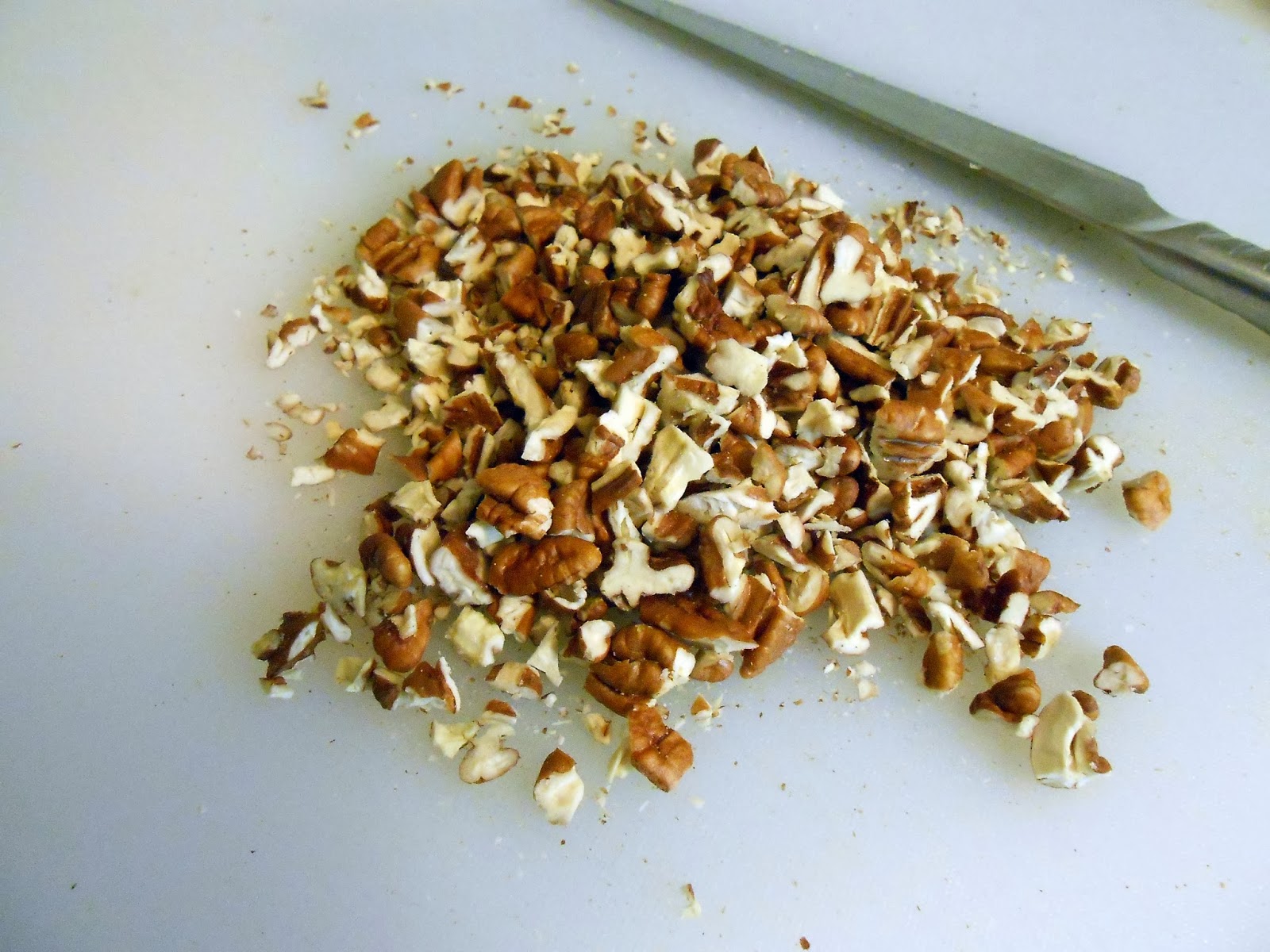Here's something quick and easy...
Step 1 - Buy totally awesome Lamb Sausage, like Prather Ranch's Lamb Sausage.
Step 1 - Buy totally awesome Lamb Sausage, like Prather Ranch's Lamb Sausage.
Heat up a skillet with some bacon grease (or whatever fat you have lying around), and sear the sausages in it.
Chop up an onion and some garlic. Add that to the sausages and saute for a minute.
Chop up some kales. Add that to the pan.
Throw in some water, and put a lid on it. Let it simmer while you make dumplings.
...by the way, the greens pick up a lot of flavor from the sausage this way, making them extra delicious!
Step 2 - Make dumplings! Here is the recipe for what I did, it's the amalgamation of several internet recipes.
Cornmeal Dumplings
2/3 cup all-purpose flour
1/3 cup yellow cornmeal
1 1/2 teaspoons baking powder
1 tablespoon unsalted butter
1/2 cup whole milk
big pinch salt
dash cinnamon
dash black pepper
Use cold unsalted butter and cut it into all the dry things, then add the milk and mix until well combined. I bet this would be even better with buttermilk, but I didn't have any buttermilk on hand. Meanwhile, bring a pot with about 1 inch of salted stock (or broth) to a boil.
Scoop about 1 Tbsp of dough at a time into the boiling broth. I made quenelles, an ice cream scoop would also be perfect for this, or you might be able to simply use your hands. It's important to get each dough-ball as tightly packed as possible before dropping it into the boiling liquid. These dumplings are tender and delicate, which is wonderfully delicious, but it also makes the process of cooking a potential disaster. The tighter your dough-balls are, the less likely it is that your dumplings will fall apart as they cook.
Jiggle the pot to make sure the dumplings aren't sticking anywhere. If they seem stuck, very gently assess the situation with a spoon. Let them boil for a couple minutes, they should be puffed and soaked in broth when they're done (though the center is still like dough fresh out of the oven! If you're not sure, slice one open and try it - if it still looks/tastes like raw dough, put it back in the pot!)
Remove the dumplings from the liquid before they become completely soggy. Serve with sausage and greens!


























